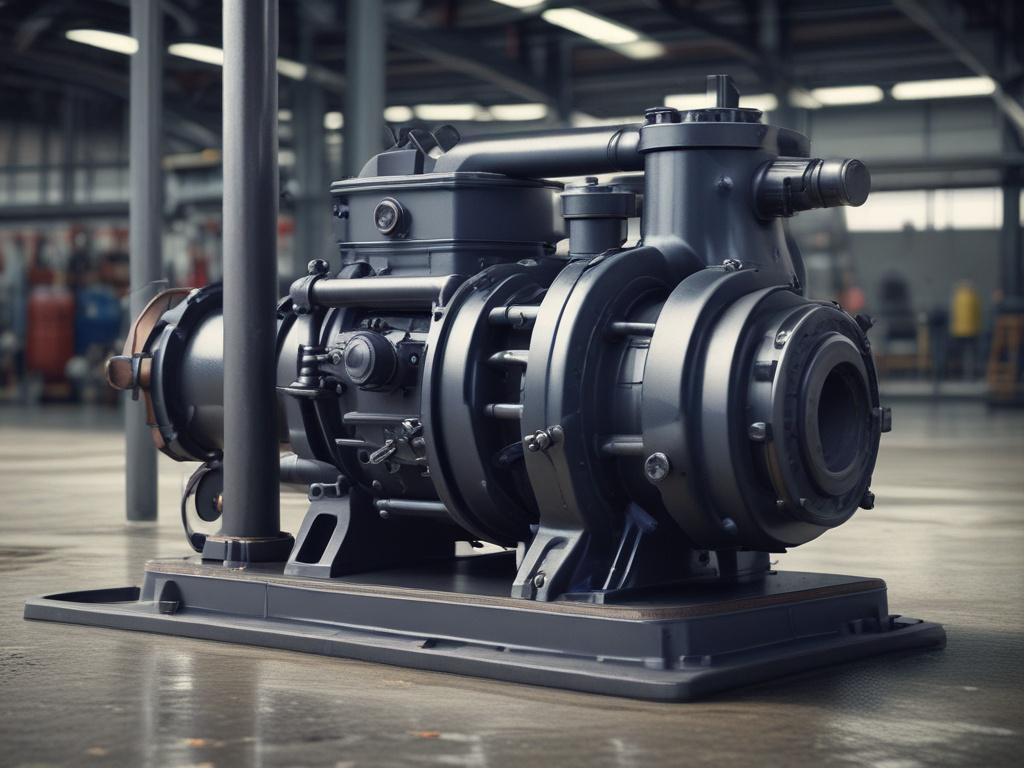
Pumps play a vital role in countless industrial and commercial systems, ensuring smooth fluid movement and operational efficiency. However, when a pump starts to fail, it rarely does so without warning. Paying close attention to early signs, such as unusual noise, excessive heat, or unexpected pressure drops, can help you identify problems before they escalate into costly breakdowns.
This blog post will guide you through the key indicators that your pump may be on the verge of failure. From detecting abnormal noise patterns to monitoring heat buildup and identifying pressure drops, understanding these symptoms enables maintenance teams and operators to take proactive measures. When noise, heat, or pressure drops mean it's time for a repair, acting swiftly can save you both time and money, keeping your operations running smoothly and efficiently.
Unusual noise often serves as one of the first indicators that a pump is starting to fail. When a pump operates normally, it produces a consistent sound pattern. However, if you begin to hear grinding, rattling, or squealing noises, it could signal internal issues such as bearing wear, cavitation, or misalignment. These abnormal sounds mean parts are under stress or rubbing where they shouldn’t, and ignoring them can lead to more severe damage down the line.
Regularly listening to your pump’s operation during routine maintenance allows you to detect these warning sounds early. By addressing noise-related problems promptly, you can reduce downtime and avoid costly repairs. Using tools like ultrasonic detectors or vibration analyzers can further help identify specific sources of noise, enabling you to take targeted action before the pump shuts down unexpectedly.
Excessive heat buildup often signals that a pump is struggling with internal issues such as friction, misalignment, or worn bearings. When components generate more heat than usual, it indicates the pump is working harder to perform its tasks, which can accelerate wear and lead to premature failure. Regularly checking the temperature of the pump casing and motor can help detect abnormal heat levels early. Using infrared thermometers or thermal imaging cameras allows maintenance teams to identify hot spots before they cause severe damage.
Ignoring heat anomalies can result in costly downtime and repairs. Heat can degrade seals, lubricants, and electronic parts, compromising the pump's efficiency and reliability. By addressing excessive heat generation promptly, technicians can tighten loose components, replace worn parts, or improve lubrication to restore optimal function. In this way, monitoring heat levels plays a vital role in preventive maintenance strategies, reducing the risk of unexpected shutdowns.
Pressure drops often signal that your pump is struggling to maintain optimal performance. When you notice a sudden or gradual decrease in pressure, it could indicate issues such as worn impellers, clogged filters, or leaks within the system. Regularly checking pressure gauges helps you catch these problems early, allowing you to address them before they cause a complete pump shutdown. Ignoring pressure fluctuations not only risks costly downtime but can also lead to more extensive damage requiring major repairs.
To effectively monitor pressure drops, establish a baseline for normal operating pressure and compare it to current readings during routine maintenance. Implementing automated pressure sensors can provide real-time data and alert you to deviations immediately. By staying proactive and responding promptly to pressure changes, you ensure your pump operates efficiently and extends its lifespan, ultimately saving time and money on emergency repairs.
At Caldwell Mechanical Services LLC, we know that reliable HVAC performance is critical to your operations. That’s why we specialize in tailored commercial and industrial pump services designed to meet the unique demands of your facility.
From routine maintenance to custom system solutions, our team works closely with you—offering expert consultations and clear options so you can make the best choice for your business. Whether you're upgrading, troubleshooting, or planning ahead, we're here to ensure your heating and cooling systems stay efficient and dependable.
Explore our commercial services online, or contact us today to schedule your consultation and take the first step toward a more reliable HVAC solution.